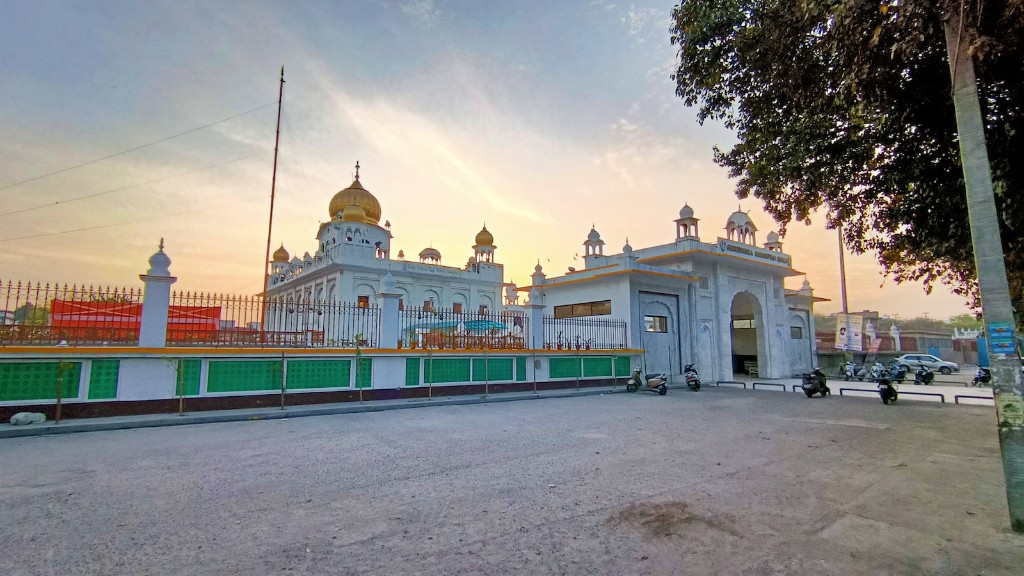Natural Resources Australia and New Zealand have to Offer
Australia and New Zealand have a wealth of natural resources, from arable land to minerals and off the coast, there is also a vast array of ocean life aquariums, and other general sources. With both nations known for their agricultural output, these resources come with a unique set of advantages and limitations.
Arable Land
Australia boasts a significant amount of quality arable land, with over 379 million hectares available. The land is for the most part dry and easy to farm, with over 18 million hectares used for growing wheat in Australia. New Zealand has a smaller amount of arable land, with only 209,000 hectares of agricultural land suited to cultivation.
Fossil fuels
Australia has established itself as a leader in energy production, and importing and exporting natural gas, petroleum products, uranium and coal. In 2019, Australia was listed as the third largest exporter of natural gas in the Asia-Pacific region, and they hold the 18th ranking in the world for energy production.
New Zealand, on the other hand, has limited energy resources, but the nation does have an abundance of geothermal resources. Hydropower is the country’s principal form of renewable energy and is used to generate electricity, with an average annual output of around 16.5 gigawatt-hours.
Minerals
Australia is the world’s largest exporter of mineral resources, and thus the industry is a major section of their economy. Resources such as diamonds, lead, zinc, iron ore, bauxite, copper and gold are mined extensively. New Zealand’s mineral industry is focused on activities such as gold, coal and limestone.
Australia also possesses sand and gravel, which is widely used in construction material, giving the country an edge on the two nations’ economies.
Livestock
Animal rearing is an important industry in both countries. Australia is a major wool producer, with over 3.3 million sheep across the nation. New Zealand has even more sheep, at around 40 million animals bred across the two islands.
The dairy industry is also a massive part of both nations’ agricultural sector, with New Zealand possessing just over 3 million dairy cows and Australia having 2.8 million.
Fishing
Off the coast of both countries, various fish, molluscs, and crustaceans are caught in large commercial scale operations, and these species include whitebait, Salmon, Scallop and Mud Crab.
Australia has established quite a reputation in the global seafood industry and has established itself as a major exporter, with over 7.7 million tonnes of seafood produced in 2019. In comparison, New Zealand has a smaller industry, with an annual production of 1.78 tonnes, however, its waters are home to a number of endangered species, which helped the nation to become the first in the world to create a ‘no-take’ marine sanctuary.
Economic Resources Australia and New Zealand have to Offer
Both Australia and New Zealand have a strong economy, and much of this can be attributed to the numerous resources available to the citizens. While each nation has its own unique blend of economies, they both have resources which are essential to their continued success.
Tourism
The tourism industry is one of the fastest growing industry in both countries, and combined they contribute over $36 billion to the economy annually. With its beautiful landscape, Australia has established itself as one of the top ten most visited tourist destinations. Its vast coastline, known for its sunny beaches, is a big draw for tourists around the world. Similarly, New Zealand has its own share of breathtaking natural wonders, with Lake Wanaka, the Waitomo Glowworm Caves, and the wine regions of Marlborough all drawing in tourists.
Agriculture and Forestry
The agricultural sector contributes significantly to the nations’ GDP, with Australia boasting a value of over $53 billion. This industry has grown in value since the early 2000s and brings employment to many in rural communities. Similarly, the forestry industry is also an important sector, with Australia and New Zealand having a combined forest cover of over 59 million hectares.
Manufacturing Industry
Australia’s manufacturing industry is one of the strongest in the Asia-Pacific region and is closely tied to the country’s service and financial sectors. The sector has seen growth due to specialized production, particularly with engineering and computer science related industries. New Zealand’s manufacturing industry is based on food and beverages, paper, wood products, automotive parts, chemicals, and pharmaceuticals.
Technology
Australia and New Zealand have invested heavily in the technology industry, with both having world-class universities providing the necessary research and development for the sector. In Australia, information technology and communications technology are the largest sub-sectors, with both having seen significant growth in the past couple of years. New Zealand has had success in the software development and web-based solutions sector, as well as its development of cloud computing solutions.
Educational Resources Australia and New Zealand have to Offer
Both Australia and New Zealand are knowledge-based economies, and thus providing a first-rate education system is essential to their continued success.
Higher Education Institutions
Australia has a world-renowned university system, with some of the top-ranked universities in the world found within their borders. Universities such as the Australian National University, Monash University, and the University of Melbourne, all rank within the top 100 globally. In addition to universities, the country also has a range of specialty schools and polytechnics which supply qualified labour that help to fuel industry and business.
New Zealand has two world-class universities, the University of Auckland, and the University of Otago, both ranking in the top 100 globally. In addition to universities, the country’s technical institutes, polytechnics, colleges of education, and other specialist schools help provide skilled tradespeople and skills-based workers for the country’s industries.
Schools
Australia and New Zealand both have extensive public and private school systems which provide quality education to the country’s citizens. For primary school students, the two countries have a range of options available, from the public system, to private or religious institutions, and international schools. For secondary school students, the two systems differ in some key ways, with Australia giving greater autonomy to individual schools and New Zealand focusing more on a centralised approach.
Vocational Training
The ability to acquire the skills to enter the workforce is an integral part of the knowledge-based economy that both countries promote. Australia has invested heavily in vocational training and education, with many students leaving school partway through to enrol in a vocational college that focuses on the skills necessary for a particular field. New Zealand’s system is similar, with both university courses and trade-based courses offered in both city and rural locations.
Research and Development
Australia and New Zealand have both invested heavily in research and development, with both nations having some of the world’s leading research institutions. Australia has invested significant resources into the research and development of their universities and has numerous research projects in motion.
New Zealand similarly, has invested heavily in research and development and has a number of world-class universities solely devoted to the advancement of knowledge, including the University of Otago, the University of Auckland, and the University of Canterbury.
Technology Resources Australia and New Zealand have to Offer
Technology has opened up new and exciting opportunities for both Australia and New Zealand, and they have both taken advantage of this to create innovative ways of engaging the world.
Software and Solutions
Australia and New Zealand have both invested heavily in software solutions, with both nations at the forefront of the cloud computing industry. Both countries have embraced the idea of free and open source software, and have a number of commercial and government initiatives that have been set up to take advantage of this.
AI and Robotics
Both countries have invested heavily in the field of artificial intelligence and robotics, with Australia having dedicated itself to becoming a world leader in the field. This country is also a leader in research into robotics, and is home to the largest robotics research facility in the world. New Zealand also has its own research into robotics, and this is focused on using robotics in farming and for industrial automation.
ICT Infrastructure
Australia and New Zealand both have strong ICT infrastructures, with both countries having high-speed fibre optic networks. This has allowed the citizens of both countries to benefit from high-speed broadband internet and given them access to the latest technologies in the world.
Start-up Environment
Both Australia and New Zealand are home to a vibrant start-up scene, with both countries having established programmes to help burgeoning companies find the resources and funding they need to succeed. Australia is home to the ‘startup.gov’ website which helps aspiring entrepreneurs by providing advice and finance, as well as helping them to connect with the right people.
New Zealand has a range of programmes and financing options available for start-ups and entrepreneurs, as well as a number of initiatives to help foster a vibrant environment for entrepreneurship and innovation.
Cultural Resources Australia and New Zealand have to Offer
The culture of both Australia and New Zealand have been shaped by the resources and history of the two countries, with both countries possessing unique elements in their culture and a strong sense of national pride.
Museums
Australia is home to both the National Museum of Australia and the Australian National Maritime Museum, both of which offer visitors to the country an engaging look into the past. In New Zealand, the Auckland War Memorial Museum, the Museum of New Zealand Te Papa Tongarewa, and the Weta Workshop Museum, offer visitors to the country an enjoyable educational experience.
Arts and Music
Australia and New Zealand are both home to vibrant art and music scenes. Australia, in particular, has had a long and successful track record in the industry, with many of the world’s top acts hailing from their shores. These include The Avalanches, Nick Cave and the Bad Seeds, and Tame Impala. New Zealand has also had its share of successful acts, including Flight of the Conchords, Lorde, and The Naked and Famous.





